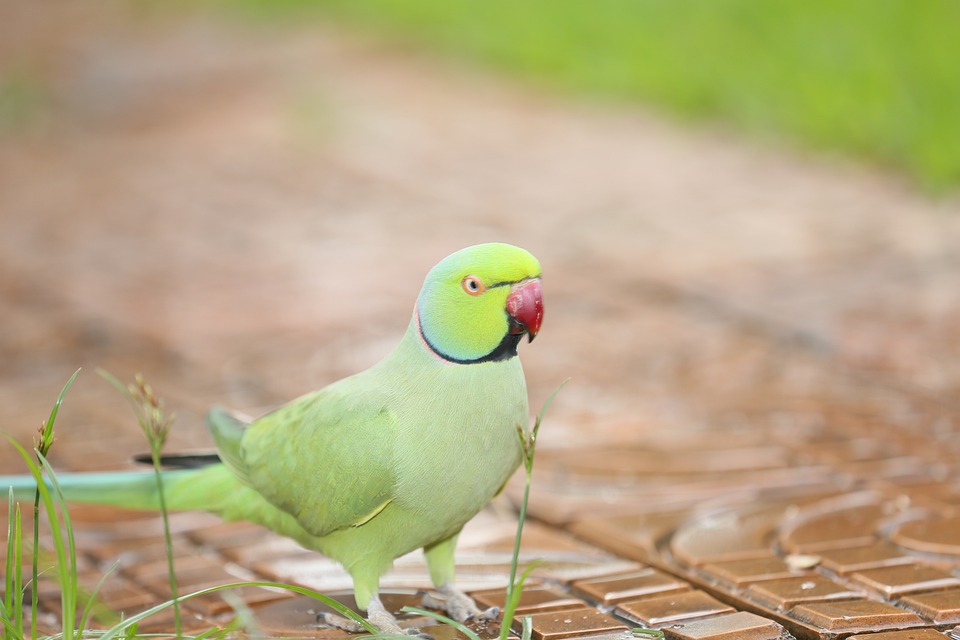Parrots are beautiful and intelligent creatures that require mental and physical stimulation to lead a happy and healthy life. One crucial aspect of their well-being is maintaining their feathers through preening. By providing a designated preening area for your parrot, you can ensure they have a safe and comfortable space to groom themselves. In this article, we will guide you on how to create a designated preening area for your parrot, along with frequently asked questions to help you better understand their behavior.
Understanding Parrot Preening Behavior
Before diving into creating a preening area, it is essential to understand why parrots engage in preening behavior. Preening is a natural instinct for parrots, and it serves several purposes, including:
Feather maintenance: Preening helps parrots keep their feathers clean, aligned, and in good condition.
Bonding and social interaction: Parrots often preen each other as a way to strengthen social bonds within their flock.
Stress and anxiety relief: Preening can be a comforting activity that helps parrots alleviate stress and anxiety.
Choosing the Right Location
Selecting an appropriate location for your parrot’s preening area is crucial. Consider the following factors when choosing the spot:
Quiet and peaceful: Choose an area away from loud noises and disturbances to provide a calm environment for your parrot to relax and engage in preening.
Natural light: If possible, place the preening area near a window to allow your parrot to benefit from natural sunlight, which promotes vitamin D synthesis and overall well-being.
Temperature control: Ensure the area is well-ventilated and maintains a suitable temperature for your parrot’s comfort.
Providing the Ideal Preening Surface
Parrots require a suitable surface to groom themselves effectively. Here are some options for creating the ideal preening surface:
Natural branches: Offer your parrot various sizes of clean, pesticide-free branches to mimic their natural environment. Ensure the branches are sturdy enough to support your parrot’s weight.
Rope perches: Consider providing a rope perch as an alternative to natural branches. These perches offer texture and can help maintain your parrot’s grip strength while encouraging preening.
Preening toys: Explore commercial preening toys designed specifically for parrots. These toys often feature different textures and materials, such as soft fabric or small beads, which can simulate the experience of preening another parrot.
Maintaining Hygiene
While creating a designated preening area for your parrot, it is crucial to prioritize hygiene. Regularly follow these hygiene practices:
Clean the preening area: Wipe down the branches or rope perches regularly to remove dirt, dust, and any debris that may accumulate.
Avoid toxic materials: Ensure that any materials used in the preening area are safe for your parrot. Avoid using toxic substances or materials that may harm them if ingested.
Regular baths: Offer your parrot regular baths or showers to keep their feathers clean and prevent excessive preening. Consult your avian veterinarian for guidance on the appropriate bathing method for your specific parrot species.
FAQs: Frequently Asked Questions
Q1: How often should I clean the preening area?
A1: It is recommended to clean the preening area at least once a week. However, if you notice any excessive dirt or droppings, clean it more frequently.
Q2: Can I use artificial branches or perches for the preening area?
A2: While artificial branches or perches may be used, natural branches are often preferred as they provide a more enriching experience for your parrot and mimic their natural environment.
Q3: What signs indicate that my parrot is stressed or anxious during preening?
A3: Excessive feather plucking, aggressive behavior, or changes in appetite are potential signs of stress or anxiety. If you notice any concerning behavior, consult with an avian veterinarian for guidance.
Q4: Can I place the preening area inside the cage?
A4: Yes, you can place a designated preening area inside the cage, provided it does not take up excessive space and allows your parrot to move comfortably.
By following these guidelines and providing a designated preening area for your parrot, you can enhance their overall well-being and foster a happy and contented feathered companion. Remember to observe your parrot’s behavior and adjust the preening area accordingly to ensure their comfort and enjoyment.









